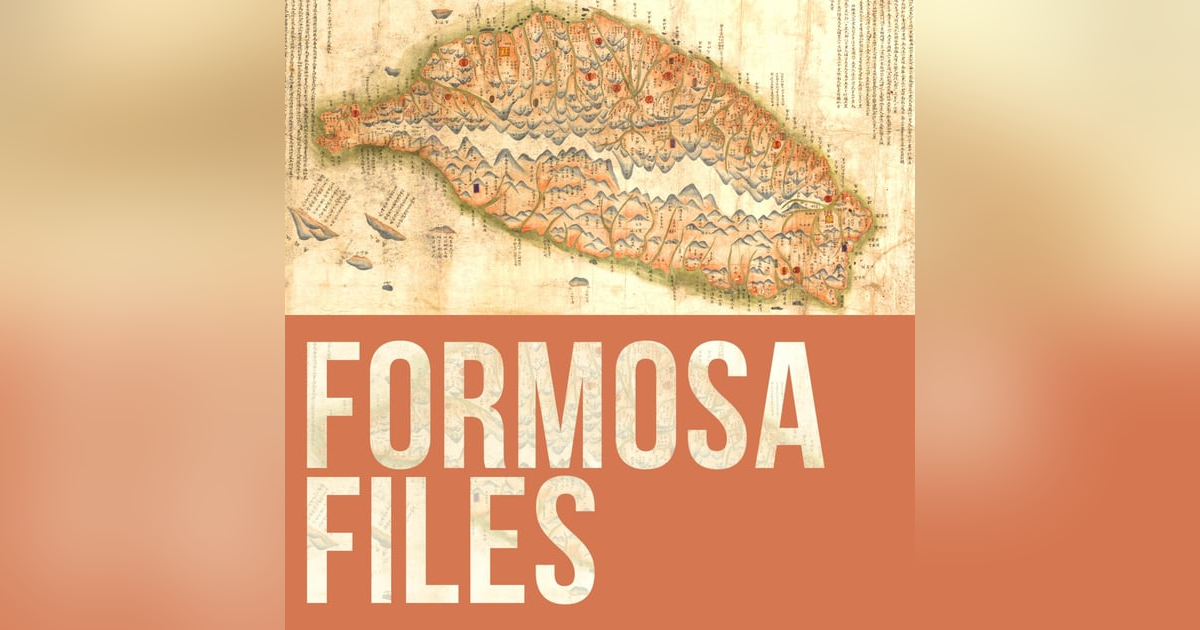S3-E22 - Barbie: Made in Taiwan


Seen the Barbie movie? No worries... Eryk saw it for you, and he noticed one thing they didn't mention in the film: from 1967-1987, most of the world's Barbie dolls were made in Taiwan. Factories in the tiny town of Taishan 泰山 (now a district of New Taipei City) churned out millions of these well-made toys before Mattel moved operations to cheaper manufacturing locations. Plus, we've got info on traditional Taiwanese toys and John ends this week's episode with a strange tale of "possessed" paper dolls.
Cover via Mattel promotional material/Wallpaper Flare
Below: Translation says, "Did you know? During the 1970s, half the world's Barbies came from Taiwan!" Via Facebook/Taiwan in Hamburg.
Below: Barbie creator Ruth Handler with an assortment of Barbie and Mattel products (1961) Via Wikimedia Commons
Below: A series of "Oriental Barbies" (Via Instagram/Landy.Collector)
Below: "Christie," Barbie's Black friend (1977), and the first Black Barbie (1980).
Below: A traditional local toy known in Japanese as a Kendama. Read more about many other local toys HERE.
Below: Australian actor Margot Robbie greets fans at a showing of the smash hit move Barbie - a July 2023 film that, as of August 2023, has earned US$1.198 billion at the box office.
Below: Perhaps Taiwan's most famous person with the English name Barbie, is Barbie Hsu 徐熙媛, a singer, actor, and TV host also know as "大S."
She is best known for her leading role in the television series Meteor Garden (2001). She is also a life-long vegetarian and is pictured below posing for a PETA campaign.
Do us a favor and rate/review the show! It really helps. Do it on Apple Podcasts or here on our website.
Write us with questions or ideas at formosafiles@gmail.com
AND THE BIGGEST REQUEST: tell others about this free, not-for-profit resource about Taiwan.


















